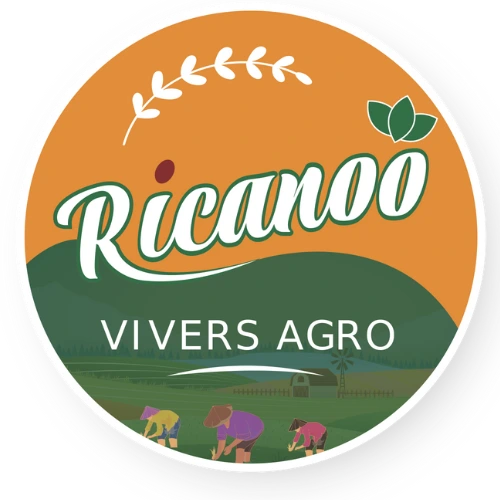Dehydrated Onion and Garlic vs Fresh
Cooking enthusiasts and home chefs often face an age-old question in the kitchen. Which is better to use, dehydrated onion and garlic or fresh? Each form offers unique benefits in terms of nutrition, flavor, and practicality. But is one option better than the other?
This post breaks down the debate, focusing on their nutritional differences, flavor impact, convenience, cost, and best uses. Whether you’re a time-crunched cook or a flavor perfectionist, this guide will help you decide which option wins in your cooking.
Nutritional Comparison
When it comes to nutrition, fresh onion and garlic take the crown—but the difference might surprise you.
Fresh Onion and Garlic
Fresh forms are nutrient-rich and boast higher levels of vitamins, minerals, and health-boosting compounds. Garlic is famously packed with allicin, an active compound with anti-inflammatory and antimicrobial properties. Onions are loaded with vitamin C and antioxidants that benefit everything from your immune system to your skin.
However, these nutrients can degrade when stored for extended periods or exposed to heat during cooking.
Dehydrated Onion and Garlic
Dehydrated versions undergo a drying process that removes moisture. This results in a more concentrated product, meaning they often contain higher levels of nutrients per gram. For example, dehydrated garlic has more protein and fiber per weight than fresh garlic. However, some vitamins, particularly C and B, are lost during dehydration. Another key point is additives. Silicon dioxide, sulfites, and ethoxyquin may be added to prevent clumping or spoilage, potentially reducing the purity of dehydrated options. Those with sensitivities or allergies should check labels carefully.
Flavor Profile
Cooking is as much about flavor as it is about nutrition, and here the difference between fresh and dehydrated is notable.
Fresh Flavor
Fresh onion and garlic deliver a robust and complex taste. Garlic has a sharp, almost spicy kick when raw, which mellows into sweetness as it cooks. Fresh onions also vary widely—from the crisp bite of a raw red onion to the caramelized sweetness of sautéed or roasted yellow onion. These dynamic flavors add depth and dimension to any dish, especially those relying heavily on aromatics.
Dehydrated Flavor
Dehydrated onion and garlic lack some of the depth of their fresh counterparts but make up for it with consistency. Their flavor is more concentrated, and when hydrated or cooked, can deliver an intense punch. However, they lack the unique complexity fresh forms develop during processes like roasting or caramelization. Overall, dehydrated versions are excellent for dishes where subtlety in flavor isn’t as critical.
Convenience and Shelf Life
Time and practicality often dictate our cooking choices. Here, dehydrated onion and garlic shine.
The Case for Dehydrated
Dehydrated options simplify preparation. No peeling, chopping, or crying over onions! They also have a significantly longer shelf life, sometimes lasting years when stored in an airtight container. For busy home cooks, dehydrated onion and garlic offer a quick, mess-free solution to enhance flavor without added effort.
The Challenge with Fresh
Fresh onion and garlic require more preparation time, whether it’s peeling, cutting, or mincing. They also have a shorter shelf life and are prone to spoilage if not used promptly. Proper storage can extend their usability, but waste becomes a factor when they aren’t consumed in time.
Cost Analysis
Cost is a key factor in determining the better option for your kitchen.
Dehydrated Cost
Dehydrated onion and garlic are generally cost-effective, especially when purchased in bulk. Their long shelf life and reduced weight make them economical for frequent use, often costing less per serving than fresh alternatives.
Fresh Cost
Fresh onion and garlic are inexpensive by weight but can become more costly when considering shrinkage during spoilage. Buying enough to last just a couple of weeks requires frequent trips to the store, adding to time and expense.
Best Uses for Dehydrated and Fresh Onion and Garlic
Each form has its sweet spot in the kitchen. Here’s where each excels:
- Sautéing and Caramelization: Fresh options work best, as their natural moisture aids in browning and developing rich, sweet flavors.
- Roasting: When you want that meltingly sweet garlic flavor or crispy roasted onions, fresh is unbeatable.
- Soups and Stews: Dehydrated onion and garlic are incredibly convenient and eliminate the need for chopping or sautéing. Their concentrated flavor seeps beautifully into broths.
- Dry Rubs and Marinades: Dehydrated powders blend seamlessly and distribute evenly, making them ideal for rubs on meats and tofu.
- Garnishing: For that crispy final touch, fresh fried garlic or caramelized onions are unmatched in aesthetic and taste. Dehydrated options just don’t offer the same texture.
Which One Wins in Cooking?
Both dehydrated and fresh onion and garlic have their place in a well-equipped kitchen. If you prioritize flavor complexity and nutritional benefits or enjoy the process of cooking from scratch, fresh is likely your go-to. However, if convenience, longevity, and cost savings are what you’re after, dehydrated forms will make your life easier without compromising too much on flavor.
Ultimately, the best choice depends on your cooking priorities and the specific dish at hand. Why not stock both options and enjoy the best of both worlds?




